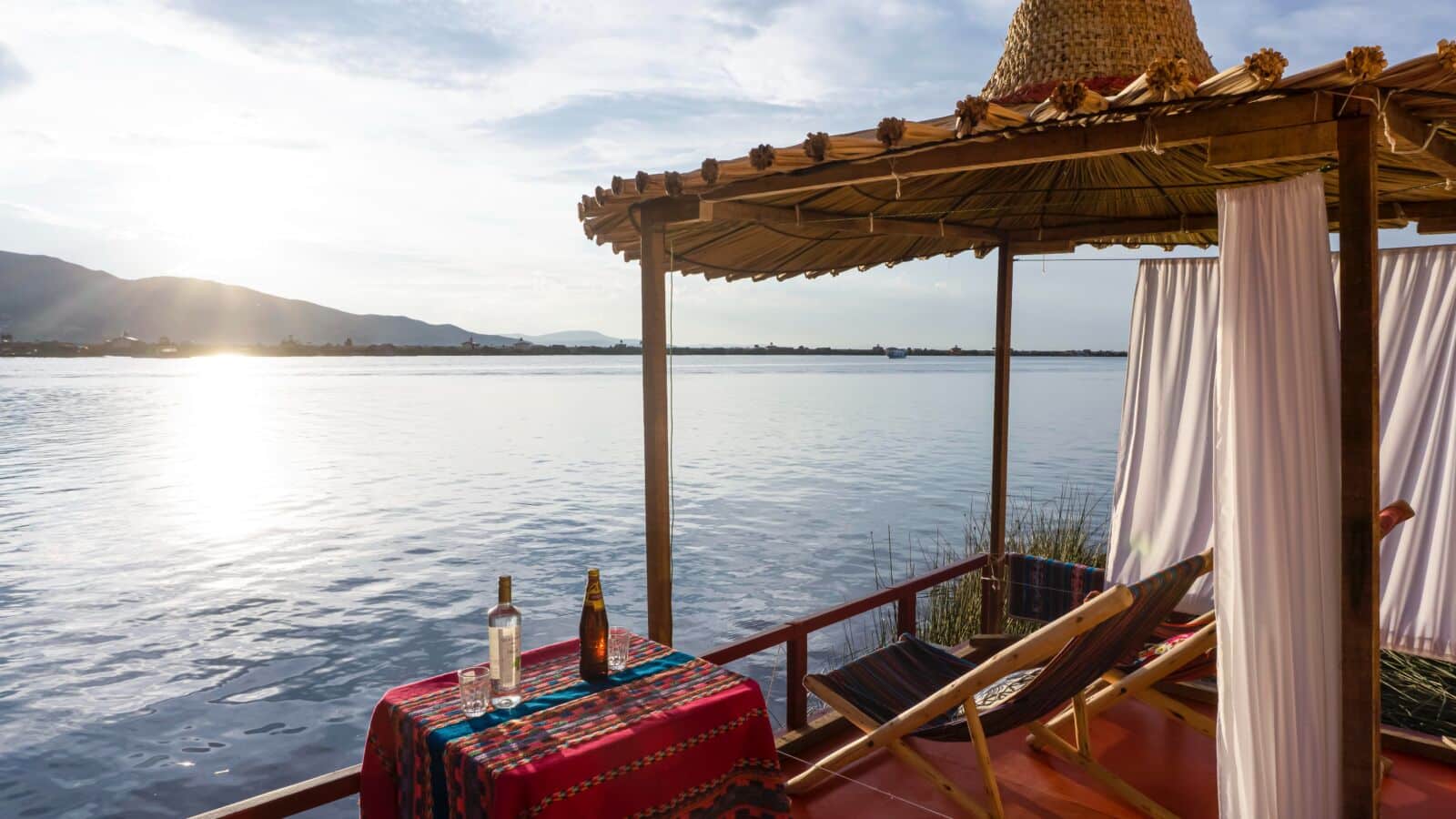
The eastern part of Bolivia is less visited on the whole, but is home to some beautiful areas and is full of national parks and nature reserves. Santa Cruz is low-lying, warmer, more tropical and richer, and has a noticeably different feel to the Altiplano highlands of western Bolivia. The Amboró and Noel Kempff Mercado National Parks are unbelievably diverse in terms of landscapes, flora and fauna and are fantastic places to explore if you’re looking to get into nature and do birdwatching or hiking, for example. For those interested in Bolivia’s revolutionary history, it is in this region that you can find La Ruta del Che (The Che Guevara Trail) which takes you through the towns and areas which feature in the final days of Che’s revolutionary campaigns. There are also a number of restored Jesuit churches nestled amongst the countryside.

INSPIRATION
SIGN UP
Weekly travel inspiration, news and updates from our team of travel specialists
Sign up